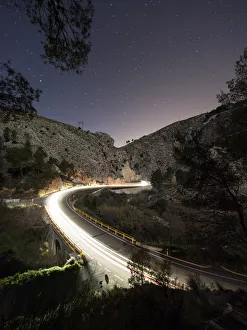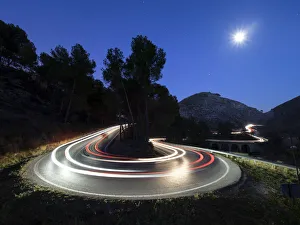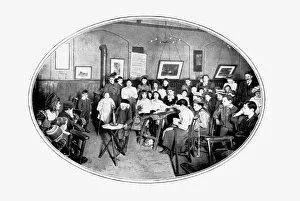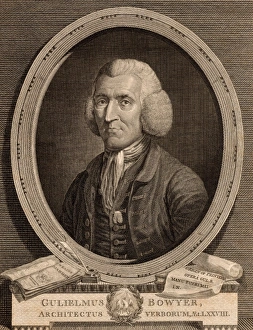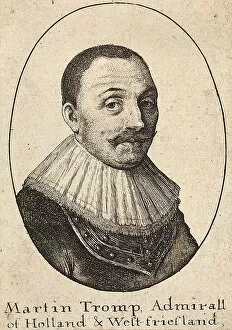Ellipse Collection (page 3)
"Exploring the Ellipse: From Ancient Astronomy to Modern Art" In the realm of astronomy
All Professionally Made to Order for Quick Shipping
"Exploring the Ellipse: From Ancient Astronomy to Modern Art" In the realm of astronomy, the concept of an ellipse has sparked centuries-long debates and revolutions in our understanding of the Solar System. Ptolemy's Geocentric Model placed Earth at its center, with celestial bodies moving along perfect circles. However, Copernicus challenged this notion by proposing a Heliocentric Model, where planets revolve around the Sun in elliptical paths. One significant milestone in space exploration was Sputnik 1's orbit diagram. This Soviet satellite marked humanity's first foray into outer space and showcased how an ellipse could be utilized for interstellar travel. Beyond science, they can also be found in nature. Take a thyme leaf oil gland as an example; its shape perfectly embodies this geometric curve. Even ancient physicians like Galen recognized such patterns and incorporated them into their medical practices. The artistic world has embraced ellipses too. Henry Burton's engraving captures intricate details using this elegant shape while San Vigilio's oil painting on oval canvas showcases how artists experiment with different canvases to create unique compositions. Even political figures have been associated with ellipses throughout history. Cardinal Richelieu, renowned French Prime Minister during Louis XIII’s reign, employed strategic thinking that often followed elliptical paths to achieve his goals. Ellipses have even made their way into recreational activities like ice skating during the 19th century when skaters gracefully traced these curves on frozen ponds and rinks. From historical figures like William III and George II King of Great Britain to Charles V The Wise, King Of France - all were connected through time by their influence over nations' destinies following elliptical trajectories of power struggles and diplomacy. Lastly, let us not forget one iconic figure who shaped modern democracy – George Washington himself. As America’s first President, he navigated uncharted territory while leaving behind a legacy that continues to inspire generations, just like the elliptical paths he followed.

























